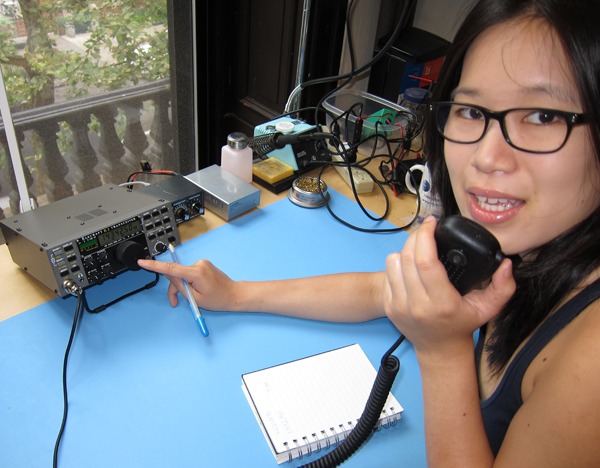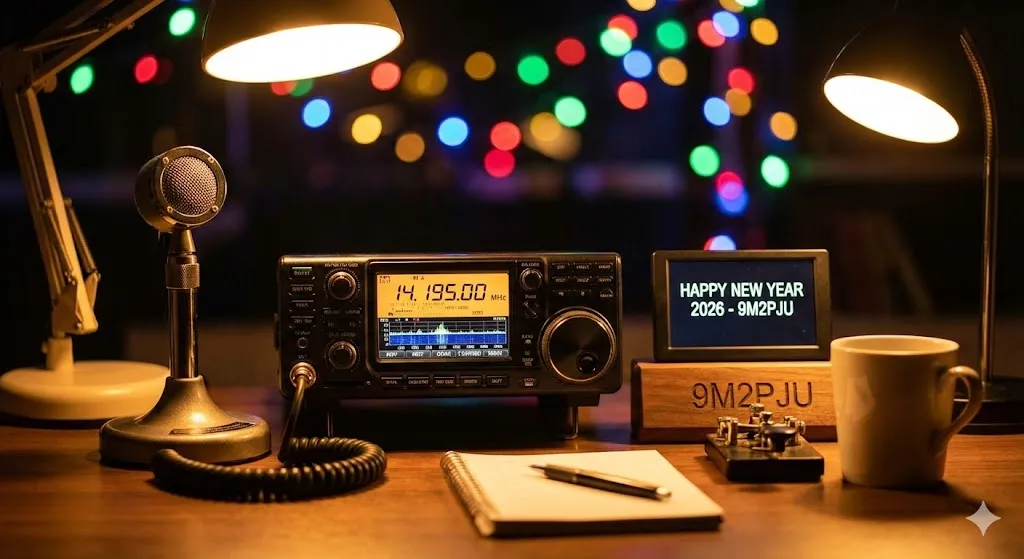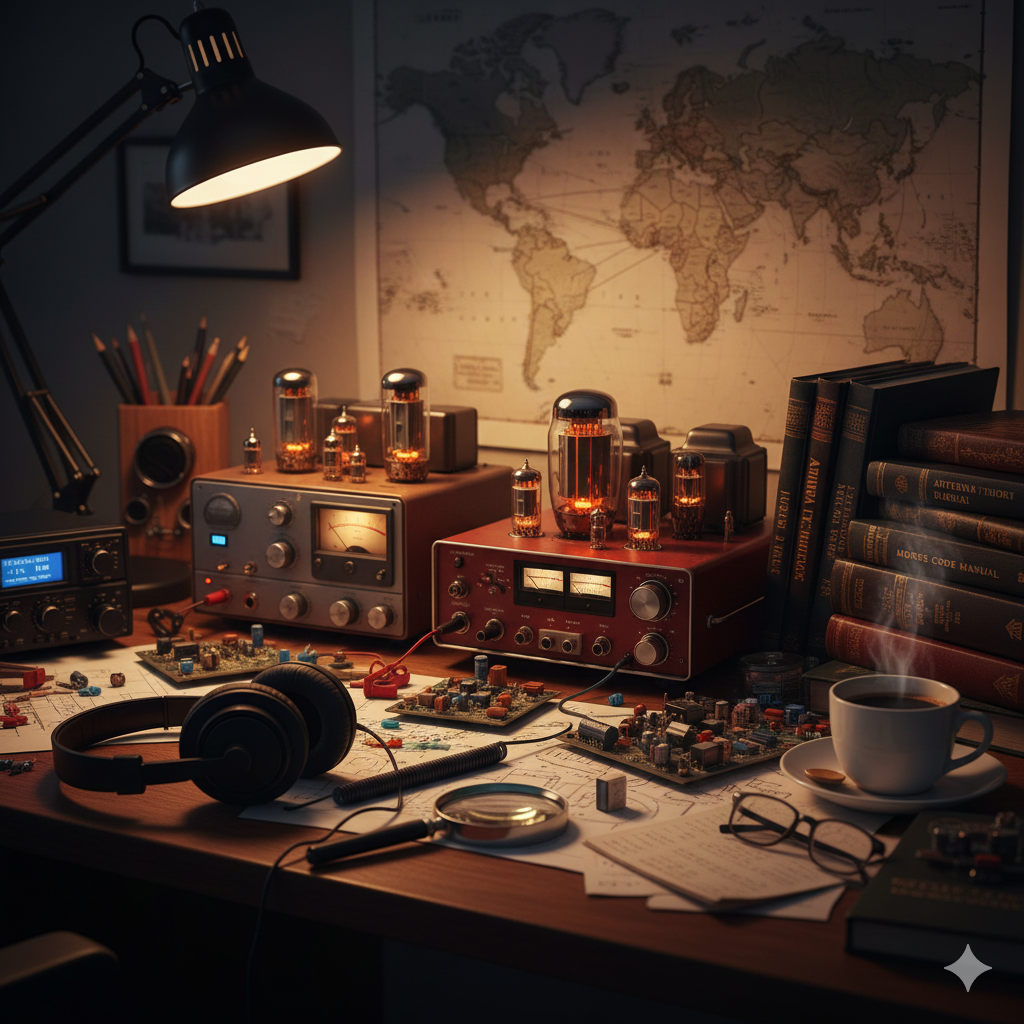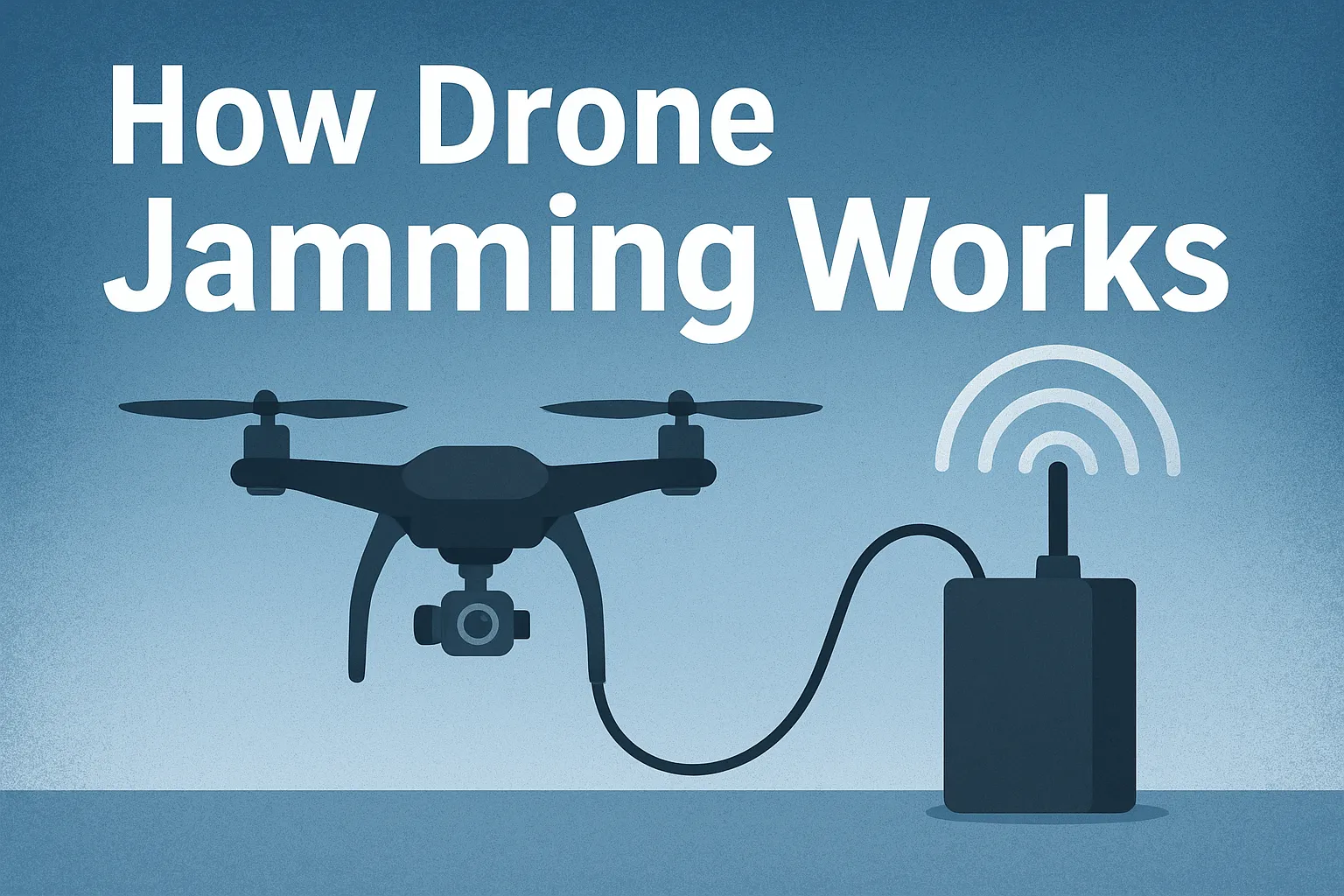Unveiling the Fascinating History of Amateur Radio
Introduction:
Amateur radio, often referred to as ham radio, has a rich and captivating history that spans over a century. From its humble beginnings to becoming a global phenomenon, the journey of amateur radio enthusiasts has been filled with innovation, camaraderie, and resilience. In this blog post, we delve into the captivating history of amateur radio, exploring its origins, milestones, and enduring legacy.
Origins:
The roots of amateur radio can be traced back to the late 19th century with the pioneering work of inventors and enthusiasts such as Guglielmo Marconi and Nikola Tesla. Marconi’s groundbreaking experiments in wireless communication laid the foundation for modern radio technology, while Tesla’s contributions to alternating current (AC) power systems paved the way for wireless transmission.
Milestones:
The early 20th century witnessed significant milestones in the development of amateur radio. The establishment of the Amateur Radio Relay League (ARRL) in the United States in 1914 provided a platform for enthusiasts to exchange ideas, collaborate on projects, and advocate for the hobby. The introduction of amateur radio licensing regulations further formalized the activity and promoted responsible radio operation.
Amateur radio operators played pivotal roles during times of crisis and conflict, providing vital communication services during natural disasters, emergencies, and wartime. Their dedication and expertise in radio communication earned them recognition as indispensable assets to their communities and countries.
Technological Advancements:
The evolution of amateur radio has been closely intertwined with technological advancements in radio equipment, antennas, and transmission modes. From the advent of single-sideband (SSB) modulation to the development of digital modes such as FT8 and PSK31, amateurs have continually embraced innovation and experimentation.
The emergence of satellite communication, software-defined radios (SDRs), and digital signal processing (DSP) techniques has expanded the capabilities of amateur radio and opened up new frontiers for exploration. Today, amateur radio enthusiasts can communicate with fellow operators around the world using low-power transmitters, handheld radios, and even portable stations deployed in remote locations.
Community and Camaraderie:
At the heart of the amateur radio community lies a spirit of camaraderie, collaboration, and lifelong learning. Whether participating in contests, DXpeditions, or public service events, amateurs come together to share their passion for radio communication and contribute to the advancement of the hobby.
Amateur radio clubs, online forums, and social media groups provide platforms for enthusiasts to connect, exchange ideas, and mentor newcomers. Through Elmering (mentoring) programs and licensing classes, experienced operators pass on their knowledge and expertise to the next generation of radio amateurs, ensuring the hobby’s continued growth and vitality.
Conclusion:
As we reflect on the illustrious history of amateur radio, we are reminded of its enduring appeal and relevance in the modern age. From its humble beginnings to the present day, amateur radio continues to inspire, educate, and unite people across borders and cultures. As we look to the future, we celebrate the pioneers, innovators, and enthusiasts who have made amateur radio a truly remarkable journey of exploration and discovery.







Post Comment